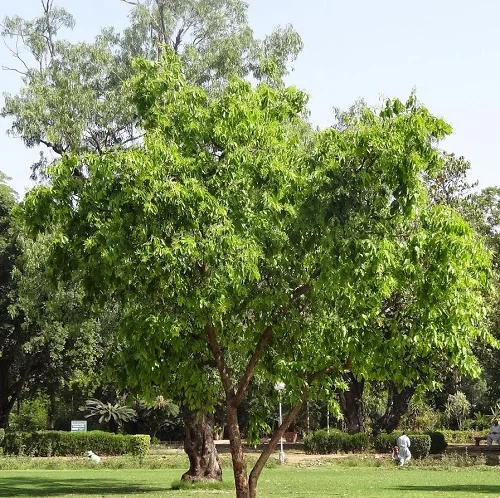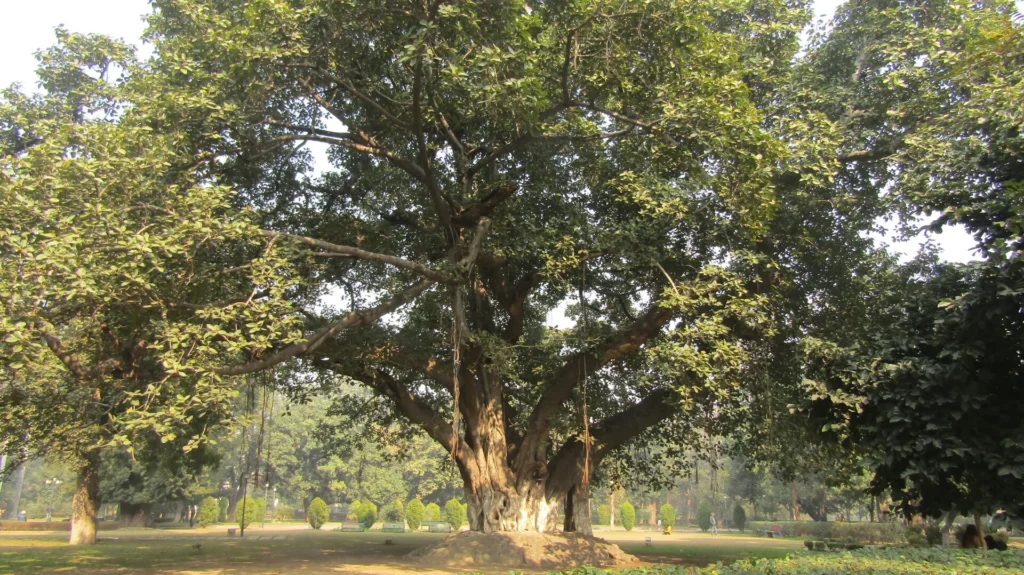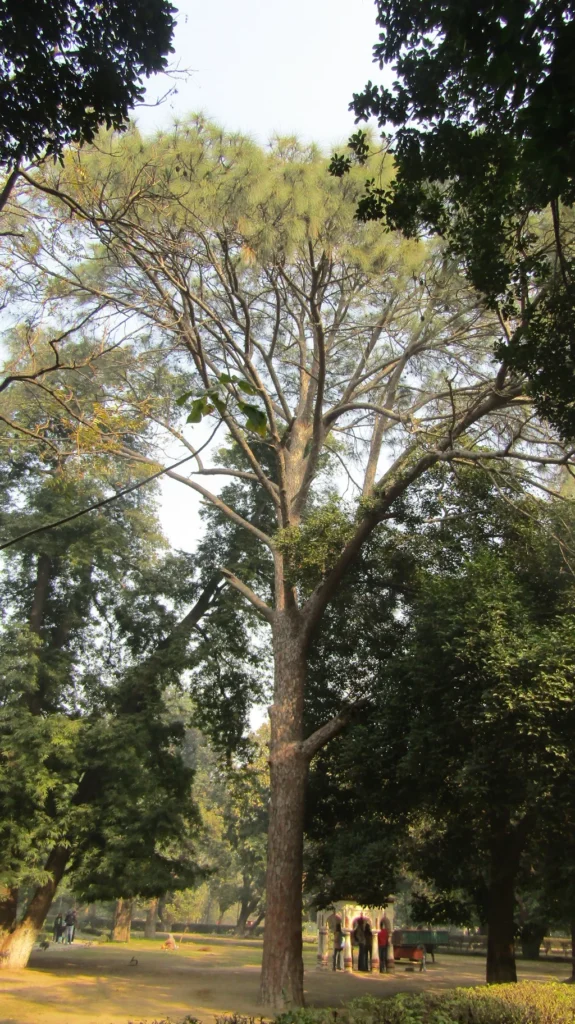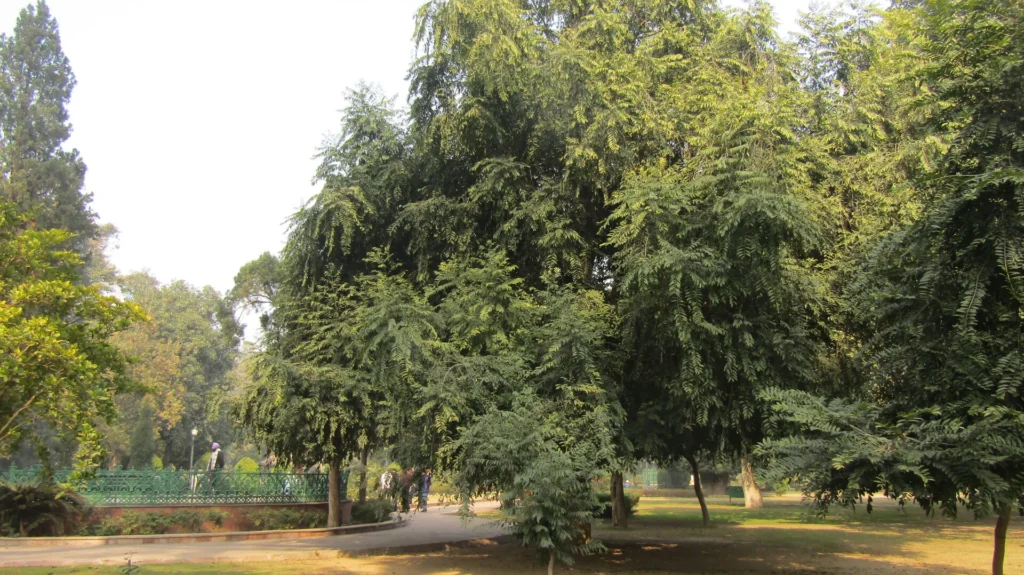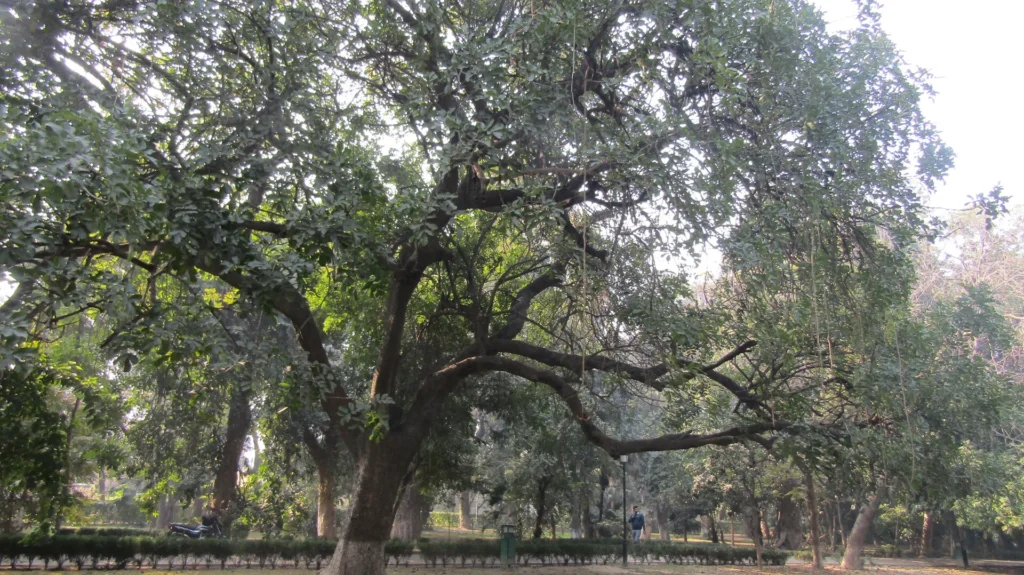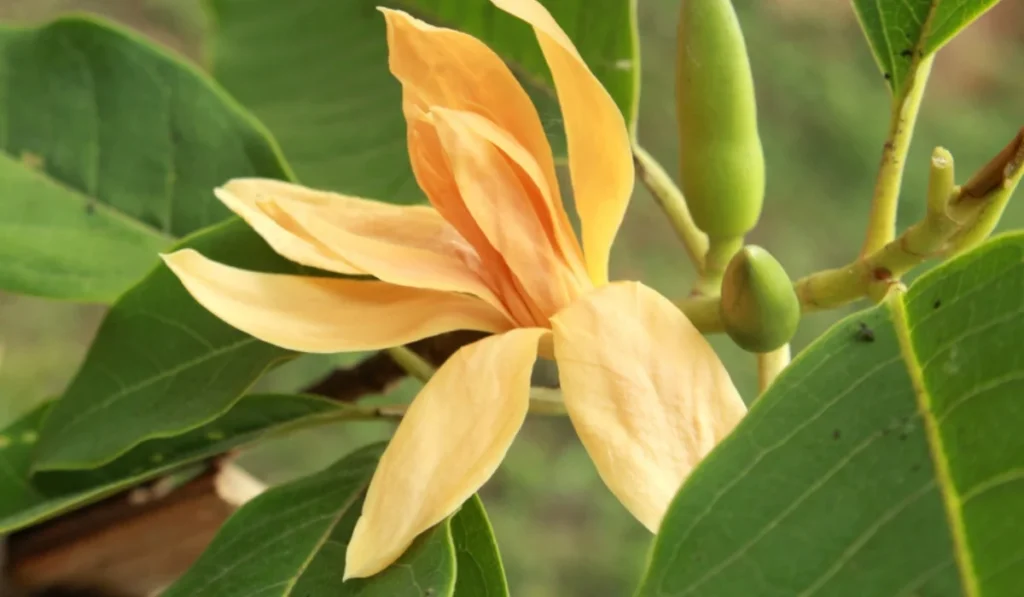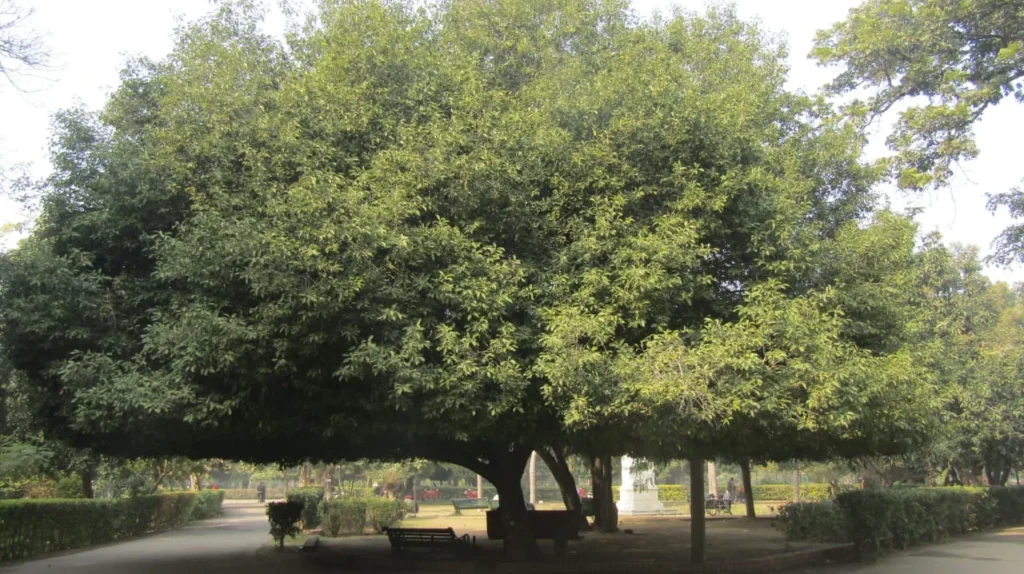Terminalia chebula, commonly known as black myrobalan or harahd (Punjabi),is a species of Terminalia, native to South Asia from Pakistan, India and Nepal east to southwest China (Yunnan), and south to Sri Lanka, Malaysia, and Vietnam. Swedish naturalist Anders Jahan Retzius described the species in 1788
- Kingdom: Plantae
- Characteristic feature :Tracheophytes
- Seed type : Angiosperms
- Order: Myrtales
- Family: Combretaceae
- Genus: Terminalia
- Species: T. chebula

Terminalia chebula is a medium to large deciduous tree growing to 30 m tall, with a trunk up to 1 m in diameter. The leaves are alternate to sub opposite in arrangement, oval, 7–8 cm long and 4.5–10 cm broad with a 1–3 cm petiole. They have an acute tip, cordate at the base, margins entire, glabrous above with a yellowish pubescence below.The fruit is drupe-like, 2–4.5 cm long and 1.2–2.5 cm broad, blackish, with five longitudinal ridges. The dull white to yellow flowers are monoecious, and have a strong, unpleasant odour. They are borne in terminal spikes or short panicles. The fruits are smooth ellipsoid to ovoid drupes, yellow to orange-brown in colour, with a single angled stone.
In India, it is found in the sub Himalayan region from Ravi, eastwards to western Bengal and Assam, ascending up to the altitude of 1,500 m (4,900 ft) in the Himalayas.
Uses & Cultivation
This tree yields smallish, ribbed and nut-like fruits which are picked when still green and then pickled, boiled with a little added sugar in their own syrup or used in preserves. The seed of the fruit, which has an elliptical shape, is an abrasive seed enveloped by a fleshy and firm pulp. Seven types of fruit are recognized based on the region where the fruit is harvested, as well as the colour and shape of the fruit. Generally speaking, the vijaya variety is preferred, which is traditionally grown in the Vindhya Range of west-central India, and has a roundish as opposed to a more angular shape.The fruit also provides material for tanning leather and dyeing cloth.
Terminalia chebula, is a main ingredient in the Ayurvedic formulation of Triphala.

